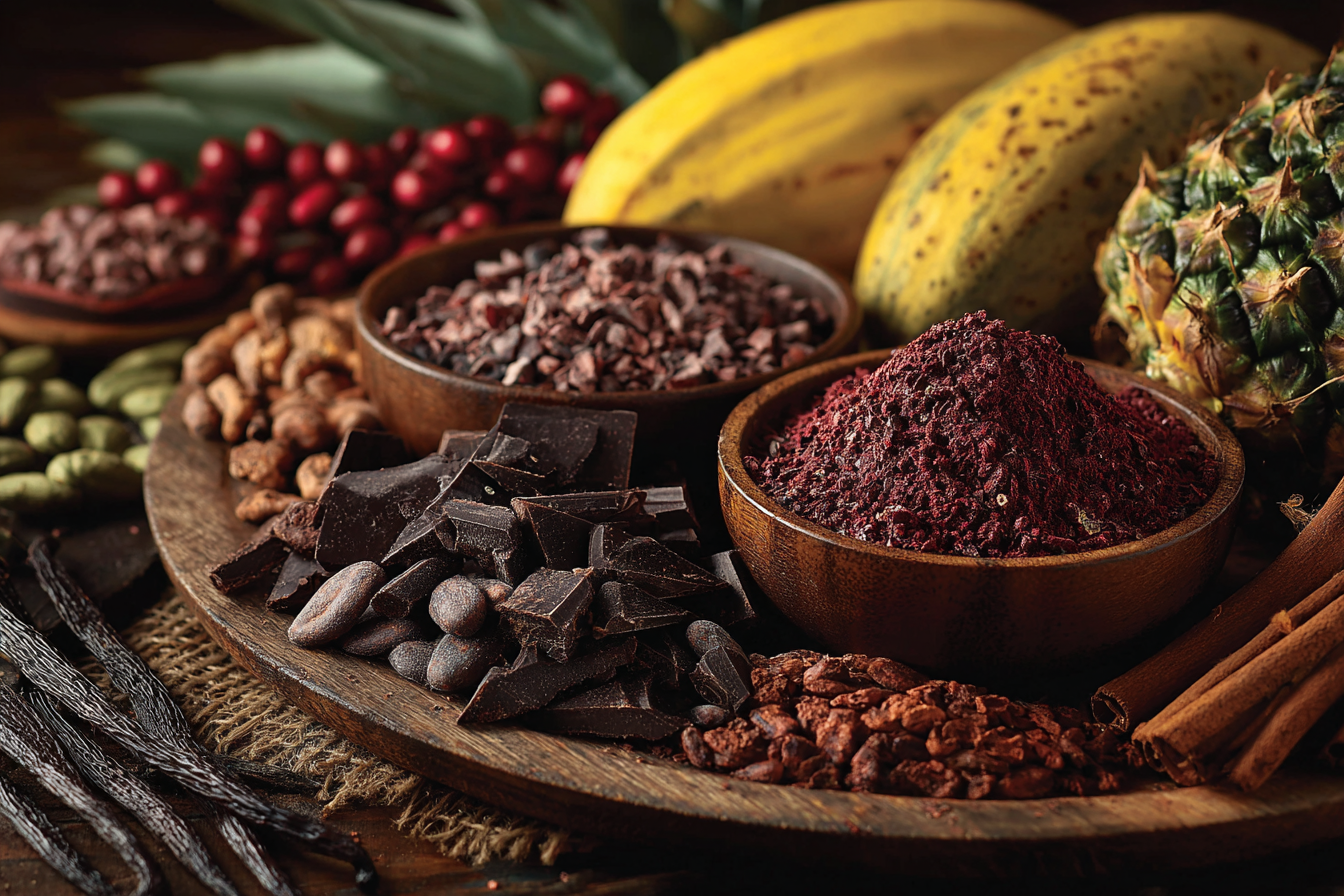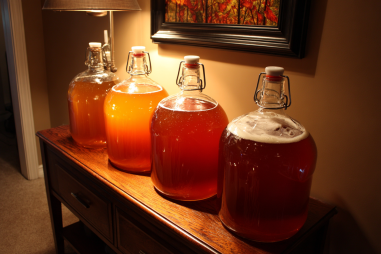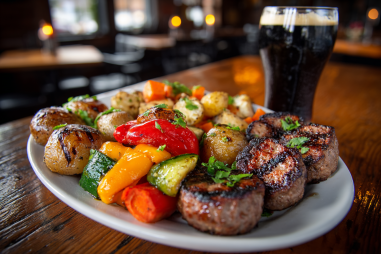Pastry stouts have become a beloved substyle among craft beer enthusiasts, known for their rich, indulgent, and dessert-like qualities. These stouts borrow elements typically found in baked goods and confections, making every sip an experience reminiscent of your favorite pastry. But what exactly goes into creating that decadent flavor profile that sets pastry stouts apart? It all comes down to the careful selection and combination of ingredients. Let’s dive into the world of pastry stout ingredients and explore what makes this beer style so irresistibly lush.
The Role of Ingredients in Crafting Beer Flavor
The ingredients used in beer are the foundation of its aroma, flavor, mouthfeel, and overall character. While traditional beer tends to emphasize malt, hops, yeast, and water, specialty styles often incorporate additional elements to develop unique taste profiles. For pastry stouts, the goal is to create an experience akin to eating a dessert, so the ingredient list extends far beyond the basics to include flavors that bring sweetness, creaminess, and complexity.
In any beer, each ingredient plays a crucial role. Malts provide the backbone and color, hops contribute bitterness and aroma, yeast influences fermentation flavors, and water impacts the mouthfeel and minerality. When brewers create pastry stouts, they start with these essentials but then layer in adjuncts and additions to evoke sweet treats like cakes, pies, and chocolates.
Primary Ingredients in All Stouts
Before exploring the specialty components, it’s helpful to revisit the primary ingredients that form the stout base:
- Malted Barley: This is the cornerstone of all stouts, providing the roasted flavors and dark color. Stouts typically use a combination of pale malts and specialty roasted malts such as chocolate malt or black patent malt. These roasted malts contribute coffee, cocoa, and burnt sugar notes inherent to stouts.
- Hops: While hops are more muted in stouts compared to IPAs, they balance the malt richness by adding subtle bitterness and aromatic qualities. Traditional English or American hop varieties are often used in moderate amounts.
- Yeast: Typically, ale yeast strains are employed for stouts, enabling a higher fermentation temperature that allows for more robust malt character and fruity esters.
- Water: The chemistry of the water can enhance the maltiness and mouthfeel, with many breweries adjusting their water profiles to complement stout production.
These four components create a stout that is dark, smooth, and roasted. However, pastry stouts elevate this foundation to something truly decadent.
Specialty Ingredients in Pastry Stouts
What distinguishes pastry stouts from regular stouts is the addition of ingredients reminiscent of sweet desserts. These specialty additions add layers of complexity and sugary richness without overwhelming balance.
Lactose (Milk Sugar)
Lactose is a non-fermentable sugar derived from milk, and it is a staple ingredient in many pastry stouts. Since yeast cannot ferment lactose, it remains in the finished beer, imparting residual sweetness and a creamy mouthfeel. Lactose creates a smooth, rich texture often associated with milk stouts and is popularly used in pastry stouts to mimic the creamy aspect of desserts like cheesecake or creamy frosting.
Chocolate and Cocoa
Many pastry stouts feature chocolate or cocoa powder as an ingredient to intensify the chocolate notes naturally present from roasted malts. Using actual chocolate or natural cocoa powder adds bitterness nuances and a velvety richness that feels indulgent. Chocolates with varying cacao percentages can be used, offering flexibility for different profiles—from milk chocolate sweetness to dark, bittersweet depth.
Spices and Baking Extracts
To capture the essence of baked goods, brewers often introduce spices and extracts such as:
- Vanilla beans or vanilla extract for warmth and sweetness
- Cinnamon for a warm, spicy kick
- Nutmeg or allspice to evoke holiday flavors
- Almond or hazelnut extracts for nutty undertones
These ingredients complement the malt backbone and add aromatic layers resembling freshly baked pastries.
Incorporating Fruits, Nuts, and Flavorings
Beyond the core specialties, pastry stouts often include fruits and nuts to explore even richer flavor territory. These additions can be part of the mash, added during fermentation, or as after-fermentation additions:
- Fruits: Raspberries, cherries, blueberries, and even exotic fruits like passionfruit or mango can be infused to introduce tartness, sweetness, and color. Some pastry stouts mimic fruit-filled pastries such as cherry pie or blueberry muffin.
- Nuts: Toasted hazelnuts, pecans, or almonds contribute crunchy, roasted qualities that enhance the beer’s nutty, earthy dimensions.
- Other Flavorings: Ingredients like caramel, honey, maple syrup, or even coffee can be used to amplify sweetness or deepen complexity.
The use of these ingredients requires careful balancing to avoid overshadowing the stout’s malt character or making the beer unbalanced.
Ingredient Sourcing and Quality Considerations
The quality and source of ingredients are paramount when crafting a great pastry stout. Specialty ingredients, especially, can vary widely, affecting the final product:
- Lactose: Brewers seek pure, food-grade lactose powder to ensure smooth sweetness without off-flavors.
- Chocolate and Cocoa: Artisan and natural cocoa powders or couverture chocolates sourced from reputable suppliers yield superior flavor and mouthfeel.
- Spices and Extracts: Using fresh whole spices or high-quality natural extracts is essential for authenticity and potency.
- Fruits and Nuts: Fresh or properly preserved fruits and raw nuts that are free from spoilage ensure clean and vibrant flavors.
Some breweries work closely with local farmers or specialty food producers to obtain unique ingredients that enhance individuality. Additionally, organic or sustainably sourced products are often preferred to appeal to conscientious consumers.
Popular Ingredient Combinations in Well-Known Pastry Stouts
To illustrate how all these ingredients come together, here are some examples from iconic pastry stouts:
- Chocolate, vanilla, and lactose: This trio is among the most common and beloved combinations, creating a creamy, sweet, and chocolatey profile akin to a chocolate cake with vanilla frosting.
- Coffee, chocolate, and cinnamon: This pairing evokes flavors of mocha spice pastries or Mexican chocolate desserts with a hint of warmth and bitterness.
- Raspberry, chocolate, and lactose: Mimics the flavor of chocolate raspberry tarts or truffles, balancing tart fruitiness with sweet cream.
- Peanut butter, chocolate, and vanilla: A favorite for fans of rich, nutty desserts like peanut butter brownies or fudge.
Each of these combinations is enhanced by the foundational roasted malt flavors and carefully calibrated bitterness to avoid cloying sweetness.
Artistry and Innovation Through Pastry Stout Ingredients
The world of pastry stouts is one of experimentation and creativity. Brewers wield ingredients not just for flavor but also to evoke nostalgia and indulgence. By layering lactose, chocolate, spices, fruits, and nuts thoughtfully, they transform the humble stout into a multifaceted dessert experience that delights the palate.
Innovation in ingredient usage continues to push the boundaries of what pastry stouts can be. From unexpected spice blends to rare imported chocolates and exotic fruits, brewers continually explore new ways to excite and surprise beer lovers. For fans, this means a constantly evolving landscape of decadent offerings—each a testament to the craft and imagination behind every pastry stout.







